Coined in 1944, ‘completism’ is a modern term for a modern-day obsession. What began as a phenomenon of possession — whether of comic books, records or stamps — has evolved in the age of Spotify, Netflix and cloud computing. No activity defines current cultural trends better than binge-watching, completism taken to its logical extreme: art turned extreme sport.
It’s an attitude that has found a natural home in the concert hall and opera house (what is Wagner’s Ring Cycle, after all, if not the original box set?) where length has long been fetishised and endurance accepted. But just as new media has changed the way we make art, so new contexts have changed how we consume it. Do we listen differently to a performance of a single Brandenburg Concerto compared with a complete set of six? Does Bach’s B minor Violin Partita say something different in isolation than when framed by its five companion pieces?
It takes a brave violinist, and a rare one, to tackle the latter question. You can count the artists who have performed all six of Bach’s sonatas and partitas for solo violin in a single concert on the fingers of one hand, and still have digits to spare. To do it in youth and untroubled health is one thing; to attempt it at nearly 70 years old, after a prolonged ‘retirement’ from performance owing to injury as Kyung Wha Chung is currently doing, first in the UK and then America, is quite another.
Shifting her weight from foot to foot, Chung’s physicality signalled athlete as much as artist as she stood on the start-line of her Bach marathon. It’s an attitude characteristic of a performer whose career, and music-making, has something of the struggle about it. Ease undoes some former child prodigies, but not Chung, whose combative, muscular playing wrestles openly with the music’s challenges.
But if the result has an appealing roughness to it, battering at the music’s smooth surface with fists that demand to be admitted, it also has a rather dogged, unrelenting quality, born of consciously little dynamic or ornamental variation. This is Bach at its most bruising — an emotional assault that takes no prisoners.
Performing the six works in numerical order makes this music a journey from darkness to light. Two sonatas, two partitas and more than an hour-and-a-half of predominately minor-key music (including the mighty 15-minute D minor Ciaccona) must be surmounted before we reach the sunnier landscapes of the C major Sonata and E major Partita. Chung’s arrival may have been unexpectedly gleeful — throwing away the ending of the E major Preludio with defiant insouciance, surrendering to the giddy exuberance of the C major Allegro assai — but it was hard won. Bach’s dances emerged, but unwillingly, as though chiselled out of granite. Tone was often gruff. Lines unfolded in a single, emphatic exhale, when the music begged for a rejuvenating, releasing intake of breath.
As a physical and mental achievement it was monumental, vast. But as a musical experience it was just too much. At some point active listening turns to passive absorption, synapses scream for an end to stimulus. Endurance is the stuff of great sport, not art. Split across two evenings this could have been twice the concert — in every sense.
Clocking in at a very manageable 90 minutes, Bach’s six Brandenburg Concertos are the 5k of complete Bach cycles, a gentle jog around the 18th-century orchestra and its instruments. Unlike the composer’s solo violin music, the concertos’ varied forces thrive in juxtaposition — a baroque Young Person’s Guide, celebrating each musical voice in solo isolation and joyous concert.
Reordering the set so as to bookend the evening with the brass-led First and Second Concertos, gave the Orchestra of the Age of Enlightenment’s performance a natural arc, stripping the small orchestra right back to strings in No. 3 before building it gradually back up again. The energy of colleagues sparring and sparking off one another’s musicianship, whether in the sensuous interweaving of oboe and violin in No. 1, Steven Devine’s scene-stealing harpsichord solo in No. 5, or the anything-you-can-do viola rivalry of No. 6, was palpable. But with principal violin Pavlo Beznosiuk unwell and Huw Daniel stepping in not only as soloist in No. 4 but also as de facto leader for this conductorless performance, there was also a sense of tension, of carefulness, that never fully dissipated.
Acoustically, St John’s Smith Square is no substitute for the orchestra’s usual home at the Queen Elizabeth Hall (currently undergoing lengthy refurbishment). What is lost in clarity and warmth is replaced with a curiously atomised effect that strips instrumental tone of body, making even the characterful period brass sound rather wan. No binge-listen should leave you wanting more, but this had me guiltily rummaging through the cupboards when I got home for a bit of sticky, inauthentic Karajan-baroque.
Got something to add? Join the discussion and comment below.
Get 10 issues for just $10
Subscribe to The Spectator Australia today for the next 10 magazine issues, plus full online access, for just $10.
You might disagree with half of it, but you’ll enjoy reading all of it. Try your first month for free, then just $2 a week for the remainder of your first year.

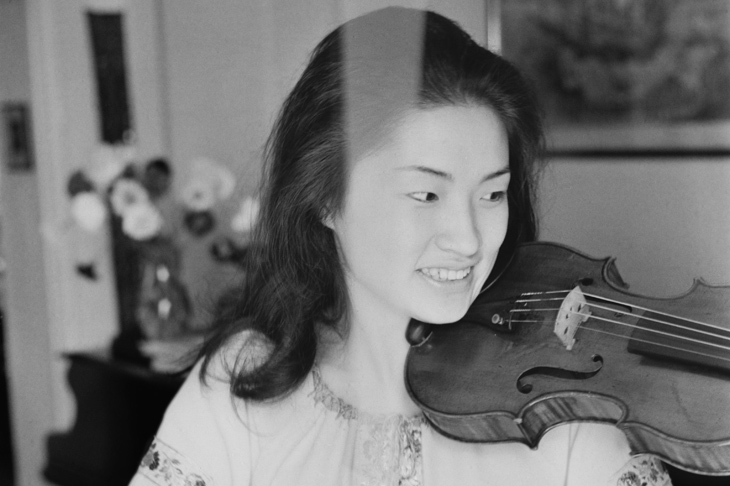
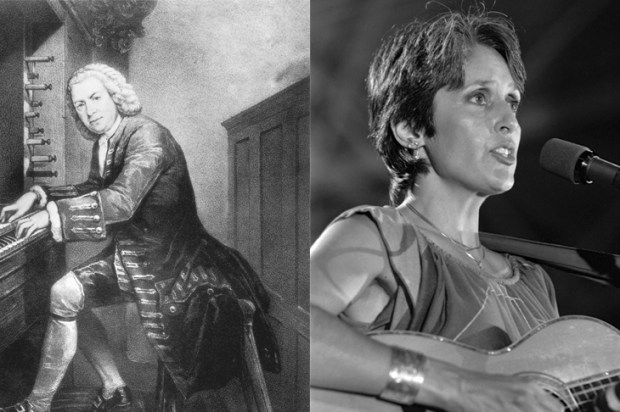
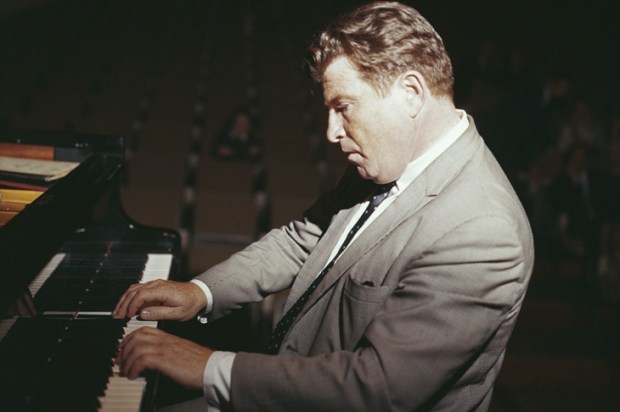
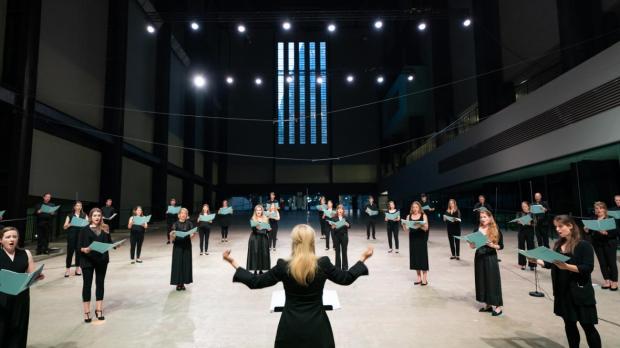
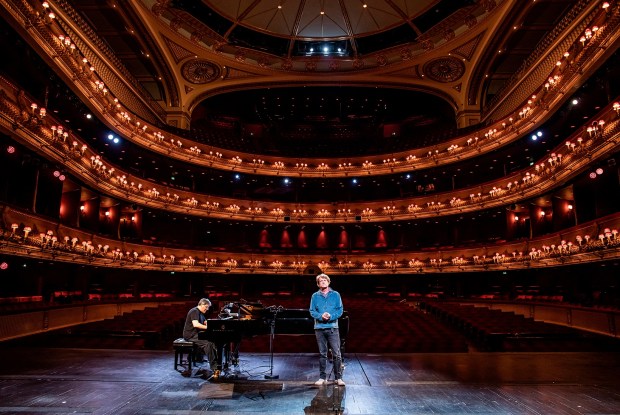
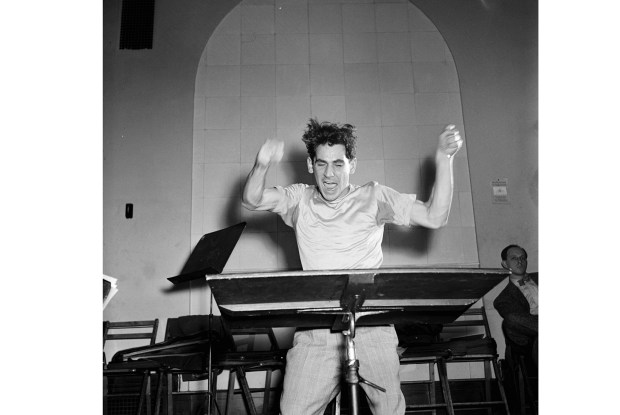
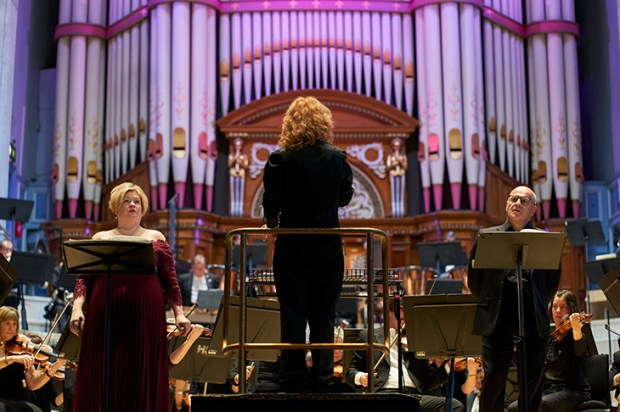






Comments
Don't miss out
Join the conversation with other Spectator Australia readers. Subscribe to leave a comment.
SUBSCRIBEAlready a subscriber? Log in